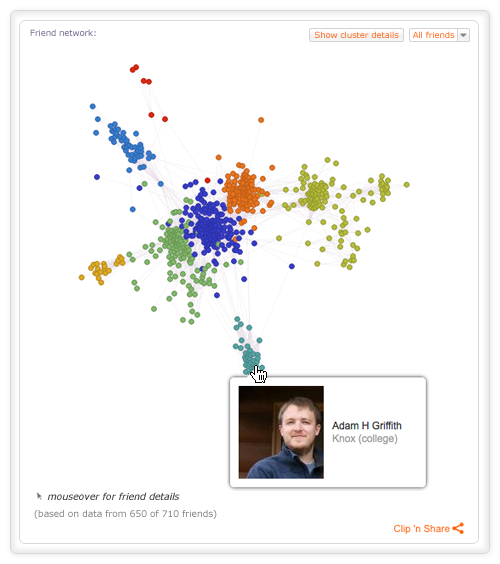- Wolfram Alpha Calculus
- Wolfram Alpha System
- Wolfram Alpha System Of Equations
- Wolframalpha Website
- Wolframalpha.com Math
Plotting functions in the Cartesian plane is such a simple task with Wolfram|Alpha: just enter the function you are looking to graph, and within seconds you will have a beautiful result. If you are feeling daring, enter a multivariate function, and the result will be a 3D Cartesian graph. Wolfram|Alpha is certainly not limited to Cartesian plotting; we have the functionality to make number lines, 2D and 3D polar plots, 2D and 3D parametric plots, 2D and 3D contour plots, implicit plots, log plots, log-linear plots, matrix plots, surface of revolution plots, region plots, list plots, pie charts, histograms, and more. Furthermore, in Wolfram|Alpha we can generate specialized plots for illustrating asymptotes, cusps, maxima, minima, inflection points, saddle points, solutions of ordinary differential equations, poles, eigenvalues, series expansions, definite integrals, 2D inequalities, interpolating polynomials, least-squares best fits, and more. Let’s take a look at the plotting functionality in Wolfram|Alpha, some of which is newly improved!
We will start simple with 2D Cartesian plots.
The world's only full-scale computational language Delivering on the computational paradigm. The Wolfram Language gives access to the power of computation at a significantly higher level than ever before, by leveraging built-in computational intelligence that relies on a vast depth of algorithms and real-world knowledge carefully integrated over three decades. Hashes for wolframalpha-5.0.0-py3-none-any.whl; Algorithm Hash digest; SHA256: 159f5d8fd31e4a734a34a9f3ae8aec4e9b2ef39b4a324b6b1831d5: Copy MD5. Statistics is the branch of mathematics involved in the collection, analysis and exposition of data. Given a set of data, Wolfram Alpha is instantaneously able to compute all manner of descriptive and inferential statistical properties and to produce regression analyses and equation fitting.
Here we plot sin(√7x)+19cos(x) for x between -20 and 20.
Wolfram Alpha Calculus
If we change √7 to √-7, then we get a plot of the real and imaginary parts.
In both these examples we have given Wolfram|Alpha a horizontal plot range. What happens if we don’t give Wolfram|Alpha a range?
We still get back a plot with all of its defining features. One of the unique features of Wolfram|Alpha is the functionality to automatically guess an appropriate plot range for univariate and bivariate functions. Here is another example:
So far we have told Wolfram|Alpha that we’re specifically requesting a plot. If we simply enter a univariate expression without the prefix “plot”, then we’ll always get a Cartesian plot in addition to a number of other pieces of information. Try:
Versus:

One important difference is that the image sizes are larger if you specifically ask for a plot.
You can also plot more than one function at a time.

The underlying Mathematica function used in all the examples is Plot. By clicking the bottom left of the images and then “Copyable plaintext”, you can see the Mathematica code used to generate the plots. For example:
The code can then be evaluated in Mathematica.
Now let’s give Wolfram|Alpha a challenge and plot bivariate functions. Start by plotting y^2 cos(x) for x between -6 and 6 and y between -2 and 2.
As in the univariate case, Wolfram|Alpha has the capability to find an appropriate plot range for a bivariate function, the code for which is under continuous development. If Wolfram|Alpha fails to generate a plot, then it’s most likely because the code that determines a plot range has been unable to
find a region where the function has interesting behavior. In such cases you can always manually enter a plot range like we did in the example above. Here are a couple of examples:
- plot sin (x cos (y))

What happens if you want to plot more than one bivariate function?
Wolfram|Alpha will return an individual plot of each function in the list. Here are a couple more examples to test out:
- plot (1 – x)/(2 x + 7 y), 5 x^2 – 3y^2 + 7 x y, (x + 2 y)^4
Wolfram Alpha System
A new feature in Wolfram|Alpha is the functionality to plot the real and imaginary parts of complex-valued bivariate functions. Here are a couple of examples:
- plot sin (x + I y)
Wolfram Alpha System Of Equations

In all of these examples Wolfram|Alpha returned a contour plot in addition to the 3D plot. A nice way to see the connection between the 3D and contour plots is to click the “Show contour lines” button. Note that the 3D and contour plots will always use the same plot range.
All of the 3D plots were made using Mathematica‘s function Plot3D; the contour plots were made using ContourPlot. In both cases the Mathematica code for generating the images can be found by clicking the plots.
Wolframalpha Website

You have now had the opportunity to view the plotting abilities of Wolfram|Alpha in 2D and 3D planes. Still not convinced? Try to plot your favorite function in Wolfram|Alpha, and be sure to share your results with us!
Delivering on the computational paradigm.
Wolframalpha.com Math
The Wolfram Language gives access to the power of computation at a significantly higher level than ever before, by leveraging built-in computational intelligence that relies on a vast depth of algorithms and real-world knowledge carefully integrated over three decades. Scalable for programs from tiny to huge, with immediate deployment locally and in the cloud, the Wolfram Language builds on clear principles—and an elegant unified symbolic structure—to create what is emerging as the world's most productive programming language, and only full-scale computational language, as well as the first true computational communication language for humans and AIs.
